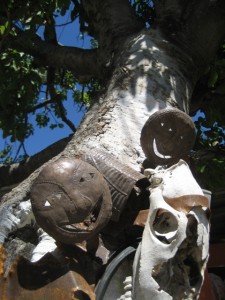Voodoo Inspired – Bwa Kayiman, Revolution and Haitian Independence
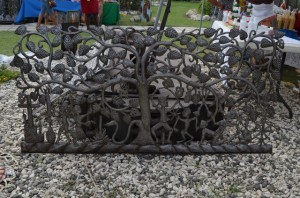
Events at Bwa Kayiman interpreted in metal
A couple of months ago when we were in Haiti, Casey and I saw some intricate and complex sculptural renditions of what we were told represented events at Bwa Kayiman. Though very different from each other, each piece had constant elements of composition: a tree, a man and a woman, bottles, snakes, and various anthropomorphic figures. But what did they signify? We sensed a good story…
Deep in the forest, in the Morne Rouge region southwest of the colonial capital of Cap Haitien is the sacred and historic cradle of the slave uprising that lead to revolution against the French and ultimately to the establishment of first free black republic in the New World. That place was known in French as Bois Cayman, Bwa Kayiman in Kreyol.
According to legend, a maroon, or fugitive slave by the name of Dutty Boukman organized a meeting of 200-300 slaves at Bwa Kayiman in August of 1791. Boukman was a Voodoo
priest, and assisted by a priestess, Cecile Fatiman, the two performed a ceremony under a raging thunderous sky, invoking Erzulie Dantor and requesting
![images[4]](https://blog.itscactus.com/wp-content/uploads/2012/12/images41.jpg)
Etching of Dutty Boukman, a fugitive slave whose last name represented the fact that he was educated and knew how to read.
In the days that followed, the slaves organized themselves and began putting plantations to the torch and the slave owners to the sword. Larger than life heroes began to emerge, such as Toussaint Louverture and Jean-Jacques Dessalines. Hugely outnumbered and defenses in disarray, the colonial government of Saint Domingue was eventually forced to capitulate. On January 1, 1804 the free Republic of Haiti was born.
Today Bwa Kayiman is a protected National Historic site. Haitians visit throughout the year, as well as attend events commemorating the slave revolt each August. Independence Day is marked along with the New Year on January 1st with music, dancing, fireworks, and eating lots of soup joumou – a hearty pumpkin soup that was a luxury reserved for the French and forbidden to slaves during colonial times. Eating the soup on New Year’s Day represents communion and brotherhood, peace and freedom. Click here for the recipe:
http://recipes.sparkpeople.com/recipe-detail.asp?recipe=98211 To our friends, in Haiti and beyond, we wish you peace and freedom. Bonne Ane – Happy New Year!
Fourth in the series, “Voodoo Inspired”
Contributed by Linda for Beyond Borders/It’s Cactus

![2659[2]](https://blog.itscactus.com/wp-content/uploads/2012/12/26592-137x300.jpg)

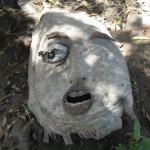
![sm355[1]](https://blog.itscactus.com/wp-content/uploads/2012/12/sm35511-218x300.jpg)
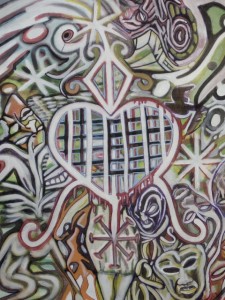
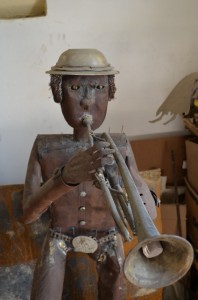
![2691[1]](https://blog.itscactus.com/wp-content/uploads/2012/12/269112.jpg)
